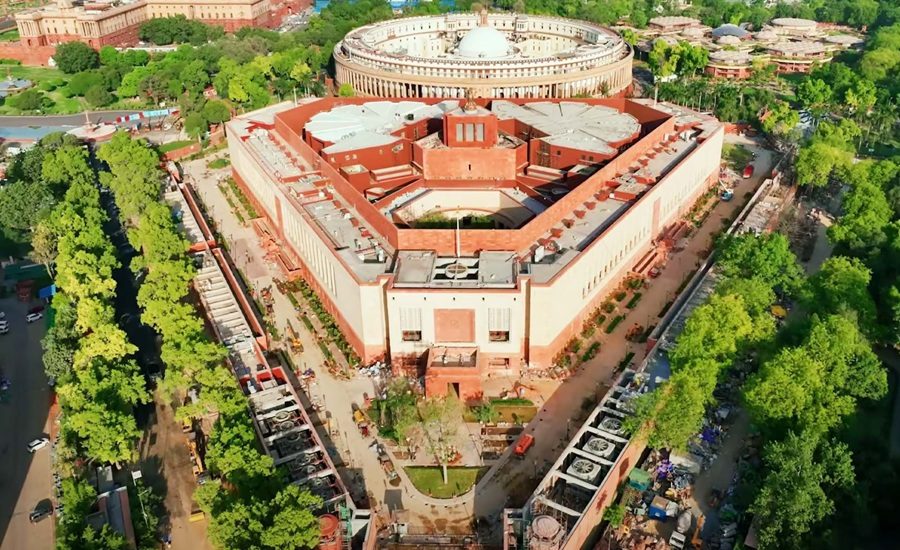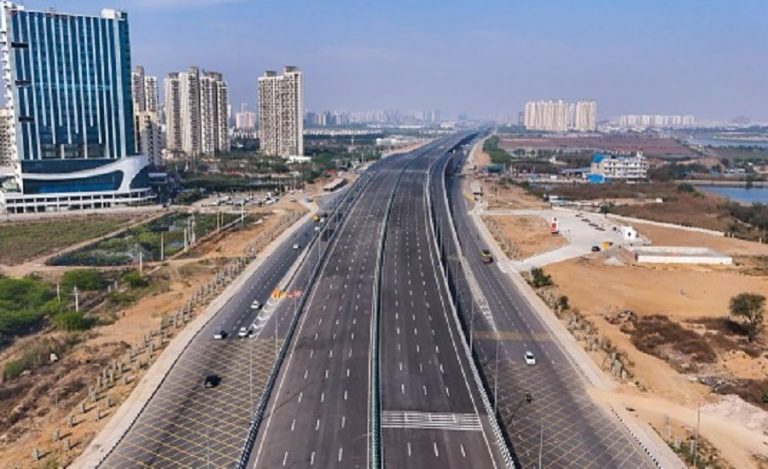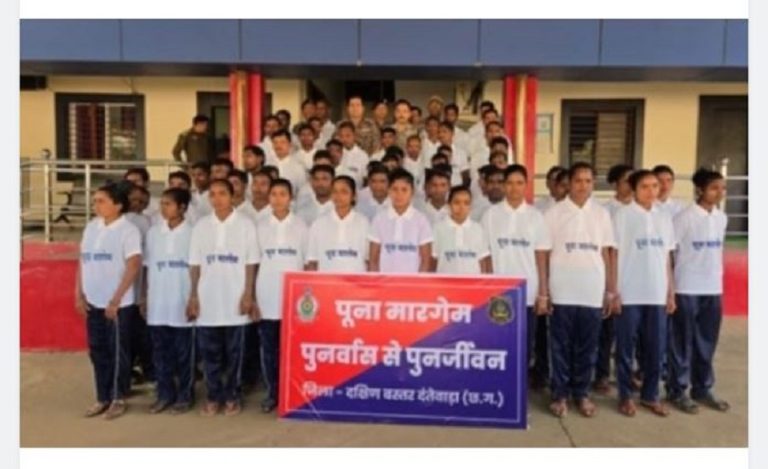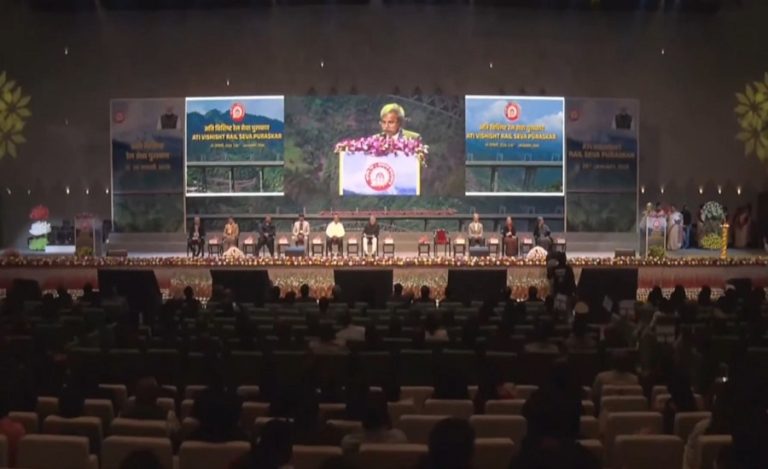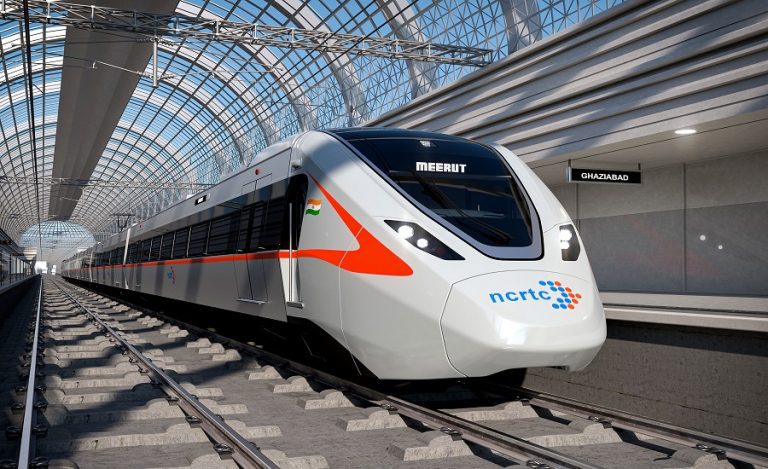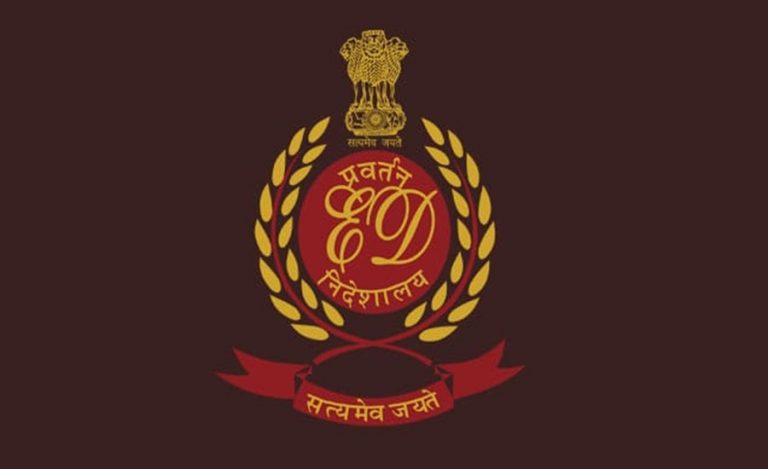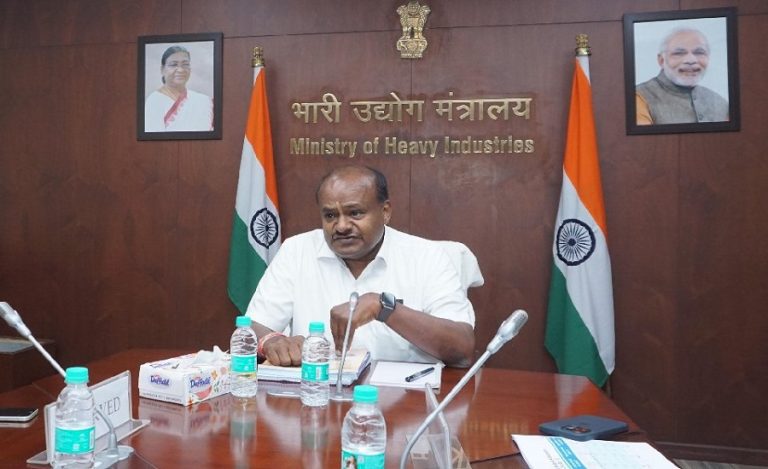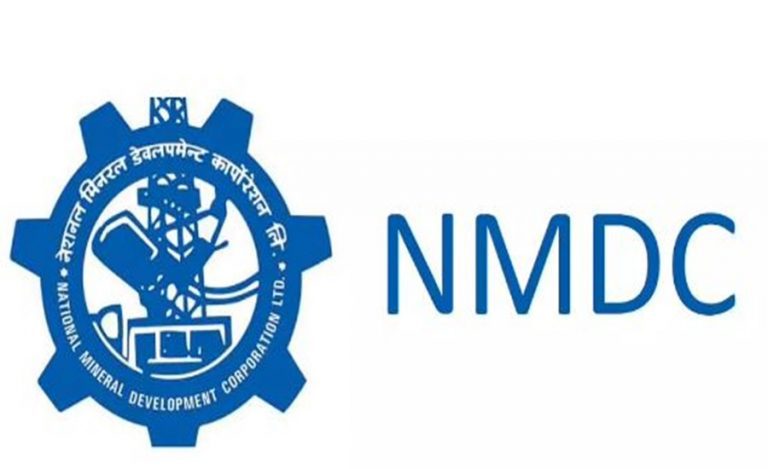Delhi: In a detailed response to a parliamentary question, the Union Minister of State for Environment, Forest and Climate Change, Kirti Vardhan Singh, confirmed that all proposals involving diversion of eco-sensitive zones, including areas near Kaziranga National Park, follow a structured regulatory process. The proposals are first vetted by the State Board for Wildlife, chaired by respective Chief Ministers, before being placed before the Standing Committee of the National Board for Wildlife (SCNBWL).
The SCNBWL, composed of eminent ecologists and environmentalists, evaluates each proposal on merit. Once approved, the minutes of the SCNBWL meetings are shared with the Central Empowered Committee (CEC) in compliance with Supreme Court directions.
Two key infrastructure projects in Assam have received clearance through this mechanism:
- A 4-lane tunnel connectivity across the Brahmaputra River between Gohpur (NH-15) and Numaligarh (NH-715), cleared in the 84th SCNBWL meeting.
- Widening and improvement of the Kaliabor–Numaligarh highway section into a 4-lane road, approved during the 78th SCNBWL meeting.
Supreme Court Ban Spurs Action Against Illegal Mining in Karbi Anglong
The Minister also addressed concerns over violations of a Supreme Court order dated April 12, 2019, which explicitly prohibits all mining and related activity along the southern boundary of Kaziranga National Park and within the catchment areas of rivers originating from the Karbi Anglong hills.
In strict compliance with this directive, the Assam government has shut down 28 stone quarries and 18 stone crushers operating in the Dolamara range. Additionally, 10 mining permits linked to sand and gravel extraction in the Rangsali region have been revoked.
These actions aim to preserve the ecological integrity of Kaziranga and ensure that its surrounding buffer zones remain undisturbed by extractive industries.
Wildlife Safety Measures Strengthened Around National Park
To prevent road-related wildlife fatalities and mitigate environmental stress, the government has implemented a range of proactive interventions in and around Kaziranga:
- Construction of elevated corridors, underpasses, and culverts to provide safe wildlife crossings.
- Installation of eco-friendly fencing and barriers along highways.
- Identification and conservation of vital animal corridors to maintain habitat continuity.
- Deployment of rumble strips, speed breakers, and informative signboards to reduce vehicular speed near animal zones.
- Surveillance using camera traps, drones, and infrared sensors to track animal movement.
- Awareness campaigns for local communities and commuters on wildlife safety and responsible driving.
A Model for Balancing Development with Conservation
Kaziranga National Park, a UNESCO World Heritage Site, remains a critical habitat for the endangered one-horned rhinoceros and other rare fauna. The Government’s approach seeks to strike a balance between infrastructure growth and ecological preservation—upholding both national development priorities and biodiversity commitments.

